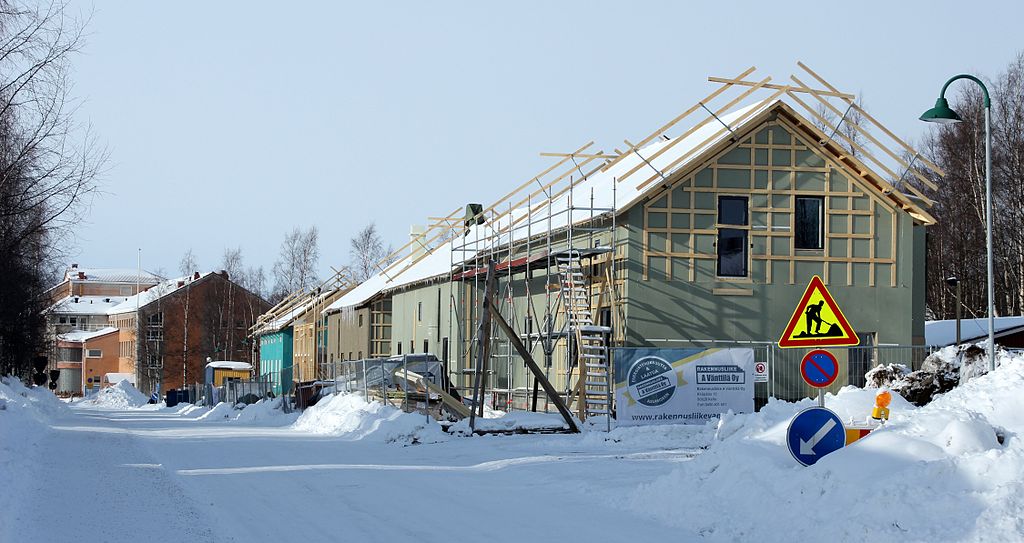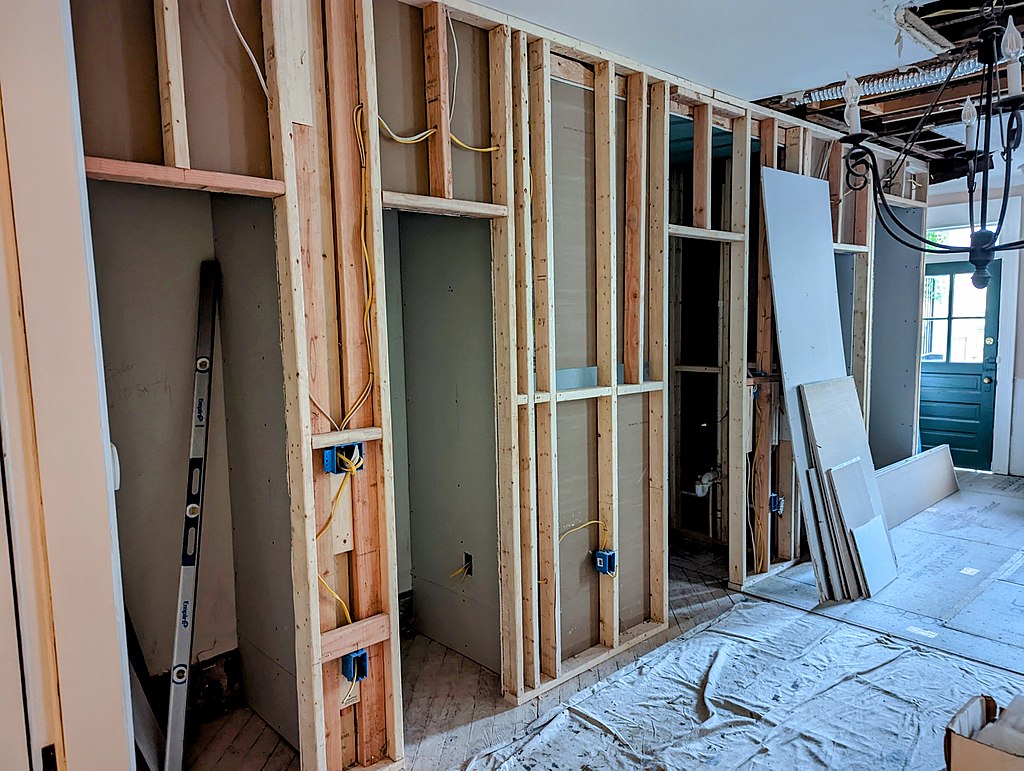For property improvement projects like walkways and driveways, patios, interior and exterior flooring and walls, selecting the right materials makes all the difference.
While concrete, brick and tile can be used for many of the same applications, some of these materials are better suited than others for specific indoor and outdoor improvement projects.
For example, concrete and brick provide a strong, durable surface for walkways and pathways, while some tile types are too delicate for outdoor use and are better suited for countertops, backsplashes and flooring.
Before starting any property improvement project, it’s best to research the materials recommended for indoor and outdoor projects. Making a list of all the equipment and supplies needed to complete the project helps prevent hassles and delays along the way.
If hiring a contractor to perform the work, asking specific questions about material composition, durability and maintenance of various materials can help you select the best material for the project.
Concrete: Fire Resistant, Strong and Enviro-Friendly
Made mostly of sand and cement and mixed with water, concrete has many uses for both indoor and outdoor property improvement projects.
Known for its durability, concrete can withstand harsh weather conditions, provides superior moisture, rot, mold, mildew, rodent and insect resistance and is a cost-effective, energy-efficient material that won’t release volatile chemicals into the air.
Moldable, concrete is often used to construct stairways, walkways, driveways and patios. Concrete can be installed as a single panel or laid out in multiple panels. When used with other materials such as steel, iron, stone and wood, concrete provides added structural support.
In recent years, homeowners have used concrete for flooring and walls, kitchen and bathroom countertops. When wet, concrete can be stamped or color tinted to add decorative appeal. With so many uses, concrete has become a popular building material for both residential and commercial improvement projects.
Brick: Energy-efficient and Sound Reducing
Typically made from clay, sand, lime and fly ash or concrete, brick is a strong material used for building retaining walls, walkways, patios, stairways, driveways, outdoor fire pits, flower beds, interior and exterior walls, flooring and fireplaces.
Because brick can withstand various weather elements including heavy rains and wind, this material has many outdoor applications. Brick manufacturers use molds to create bricks in many sizes and shapes. Brick can also be color tinted for decorative purposes.
Durable, fire-resistant and minimally porous, brick can help regulate interior temperatures while protecting homes and business locations from harsh weather and extreme temperatures. Brick also provides sound absorption that helps reduce noise from people, animals, vehicles, machinery and equipment.
Bricks are held together with mortar, a mixture made with cement, sand and lime that hardens to hold bricks in place.
Tile: Many Varieties to Choose From
When it comes to tile, property owners have many options and varieties to choose from. Popular tile types include porcelain, ceramic, cement, glass, terra cotta and natural stone. Available in different sizes and shapes, patterns and configurations, tile is durable, easy to maintain and timeless.
Installing tile requires know-how and the right equipment and supplies. While property owners can learn how to install tile, those with little experience should hire a contractor for tile installation projects.
Choosing the right tile for indoor and outdoor use is crucial as certain types provide more durability, water and fire resistance, mold and mildew resistance than others.
Common tile types installed in bathrooms include porcelain, ceramic, glass and cement. For kitchen and heavy traffic areas, stronger, durable tile like natural stone and ceramic can withstand wear and tear. More delicate than other types, glass and terra cotta tile are perfect for backsplashes and other decorative touches.
Outdoor patios and sunrooms require tile that’s water resistant and strong to withstand harsh weather. Natural stone like slate and limestone along with concrete help create a durable, long-lasting surface.


